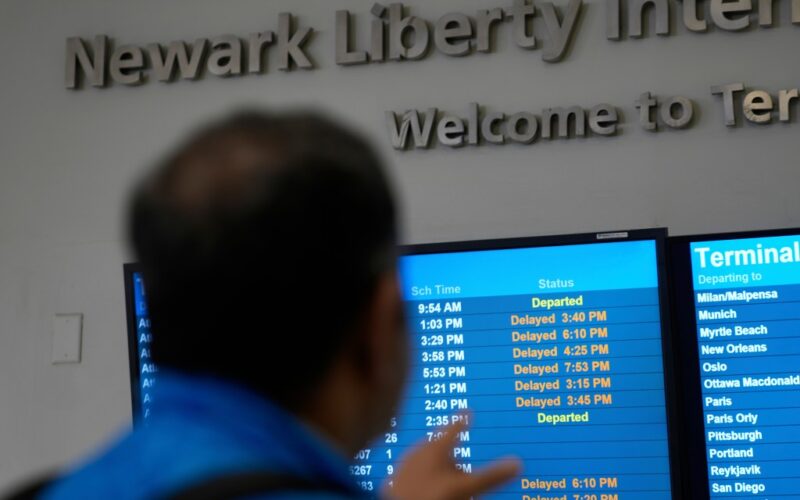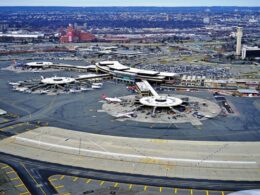It wasn’t that long ago that the then-vice president of the United States, visiting LaGuardia Airport, said “I must be in some Third World country,” and we nodded. Fortunately, that’s no longer the case, thanks largely to the leadership of Andrew Cuomo, who did a great job except for the dopey AirTrain, which was correctly killed off by his successor. LaGuardia is more than adequate; it’s positively respectable.
But right over the river, another metropolitan area airport is vying for global infamy. If we don’t fix what ails Newark and the wider air traffic control system soon, greater New York City will be set back. Headaches will multiply, and Americans may actually be put in danger.
Of the three major airports serving New York City, JFK handles the most flights per day, but Newark and LaGuardia are typically not all that far behind. But there’s a terrible drag on Newark’s capacity right now — one that’s resulting in flights getting delayed and cancelled left and right, not to mention legitimate safety concerns. It has many causes.
One, the airport is operating with just 22 certified air traffic controllers, which is well below the Federal Aviation Administration’s target of 38. That’s led to constraining caps on arrivals and departures.
Two, the airport is relying on old technology — including old copper wires, the kind you don’t even find in almost any homes anymore. As CBS News reported, “A single aging copper wire knocked out Newark airport’s air traffic control system for 90 seconds.” Such outages at a minor airport, much less a major one, are patently unacceptable.
Three, there’s runway construction that’s crimped capacity.
Fourth, separate and apart from local conditions, the wider air traffic control system is stressed. Training pipelines are sluggish, recruitment is a huge challenge and equipment isn’t what it ought to be.
What to do? Ramp up recruitment and training to get to that full complement of controllers at Newark — and far more at the Philadelphia TRACON coordinating facility, which serves Newark and a number of other airports. The Trump administration has ideological blinders that allow them only to see problems with the workforce through anti-woke, anti-DEI-colored glasses. The feds need to take a much bigger, bolder approach to improving staffing.
Speed those runway repairs. There’s no good reason they need to take as long as they’re taking.
Replace all those copper wires with fiber optic cables, while modernizing the airport’s radar, communications and data systems. For a home, it’s nice to move from dial-up or DSL to genuinely reliable high-speed internet. For an airport that serves 49 million passengers a year, it’s non-negotiable.
Meanwhile, the FAA must accelerate its technological overhaul. All those in Washington who take shots at the Metropolitan Transportation Authority for relying on old signals and switches should take a long hard look in the mirror, because they’ve been relying for far too long on systems largely developed in the 1970s. It’s a tribute to pilots and airplane technology that the skies have remained so safe over the decades.
The air traffic control system needs both more investment and smarter investment — not to be turned into another deflating political football. Here’s a chance for the Trump team make air traffic control as modern and efficient as the new LaGuardia.








